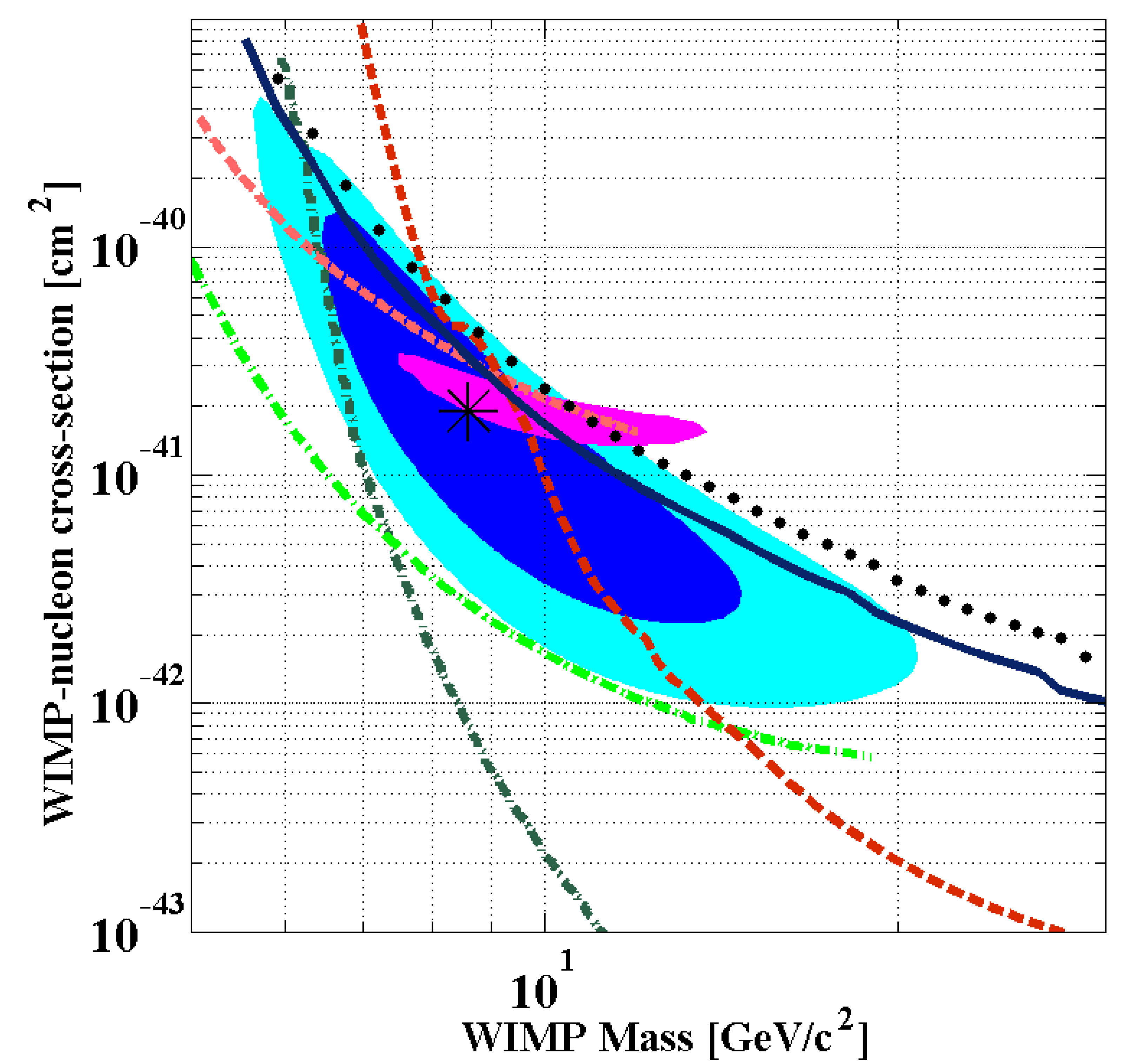Science
Related: About this forumScientists quietly announce a potentially huge discovery in physics
By Eric Berger
Lost amid the tragedy of Monday’s explosions in Boston was a fascinating piece of physics news: an unexpected glimpse of what is very likely dark matter.
Sam Ting got all the headlines two weeks ago with his first release of data from the Alpha Magnetic Spectrometer, but this news from an Earth-bound detector may ultimately prove more momentous.
Here’s what happened, and why it’s so interesting.
WIMPs
A leading candidate for dark matter, which scientists believe makes up about 27 percent of the universe but which they have never directly observed, are the delightfully named WIMPs, or weakly interacting massive particles. These are theoretical, and they are just what they’re called: they almost never interact with normal matter, and they’re large because they make up a lot of the universe.
more
http://blog.sfgate.com/science/2013/04/16/scientists-quietly-announce-a-potentially-huge-discovery-in-physics/
DreamGypsy
(2,252 posts)... which appeared sans any mention of "POTENTIALLY HUGE!":
http://www.fnal.gov/pub/today/archive/archive_2013/today13-04-15.html
Here's how the scientists describe the latest data from the Cryogenic Dark Matter Search (CDMS) experiment to their colleagues:
The blind analysis resulted in three candidate events. Although this number is higher than the expected background of roughly half an event, this is far from a discovery. Simulations of the known backgrounds indicate that a statistical fluctuation could produce three or more events about 5 percent of the time. In other words, if the experiment were done 100 times, five of them would show at least three events in the signal region even if dark-matter particles did not exist.
However, there is more information on the characteristics of the expected background events and the expected signals from weakly interacting massive particles, or WIMPs, which are the favorite particle explanation for dark matter. A likelihood analysis that includes the measured recoil energies of the three events yields a 0.19 percent probability for the background-only hypothesis when tested against a model that includes a WIMP contribution. This translates into roughly a 3-sigma confidence level for the hypothesis that the three events are due to WIMP interactions. This is exciting but still does not meet the scientific standard for a discovery. Further investigations are necessary.
Nevertheless, if one indulges in a "what if" scenario and interprets the result as due to a WIMP signal, the WIMP mass would be around 8.5 times the mass of a proton. For the simplest theories of WIMP interactions and using the Standard Model for dark-matter distribution in our galaxy, the rate found for such interactions is in some conflict with the current results from the XENON experiments. The paper presents more details.
I had this article up in a tab since Monday morning, but didn't have time to read and understand it. After going out to purchase a mini-rototiller on Monday, I returned to face the Boston marathon tragedy, posing the age old question of priorities: Distance/ultradistance running and conspiracy flames or Science??? Chocolate or vanilla???

Experimental upper limits (90 percent confidence level) for the WIMP-nucleon spin-independent cross section as a function of WIMP mass. The black dotted line is from the present analysis, and the blue solid line includes previous CDMS II silicon-detector data. Also shown are limits from the CDMS II germanium-detector standard and low-threshold analyses (dark and light dashed red), as well as limits from the XENON collaboration (dark and light dash-dotted green). The magenta oval shows a possible WIMP signal region proposed to explain data from CoGeNT. The light and dark blue regions indicate the 68 percent and 90 percent contours obtained if the present result were to be interpreted as a WIMP signal. The asterisk shows the maximum likelihood point under this interpretation.
Ah, an escape from the trance and stupor of media distortion and a return to reality. Thanks for the post, N2D.
Occulus
(20,599 posts)(No , seriously, can you boil that down to stew I can chew?)